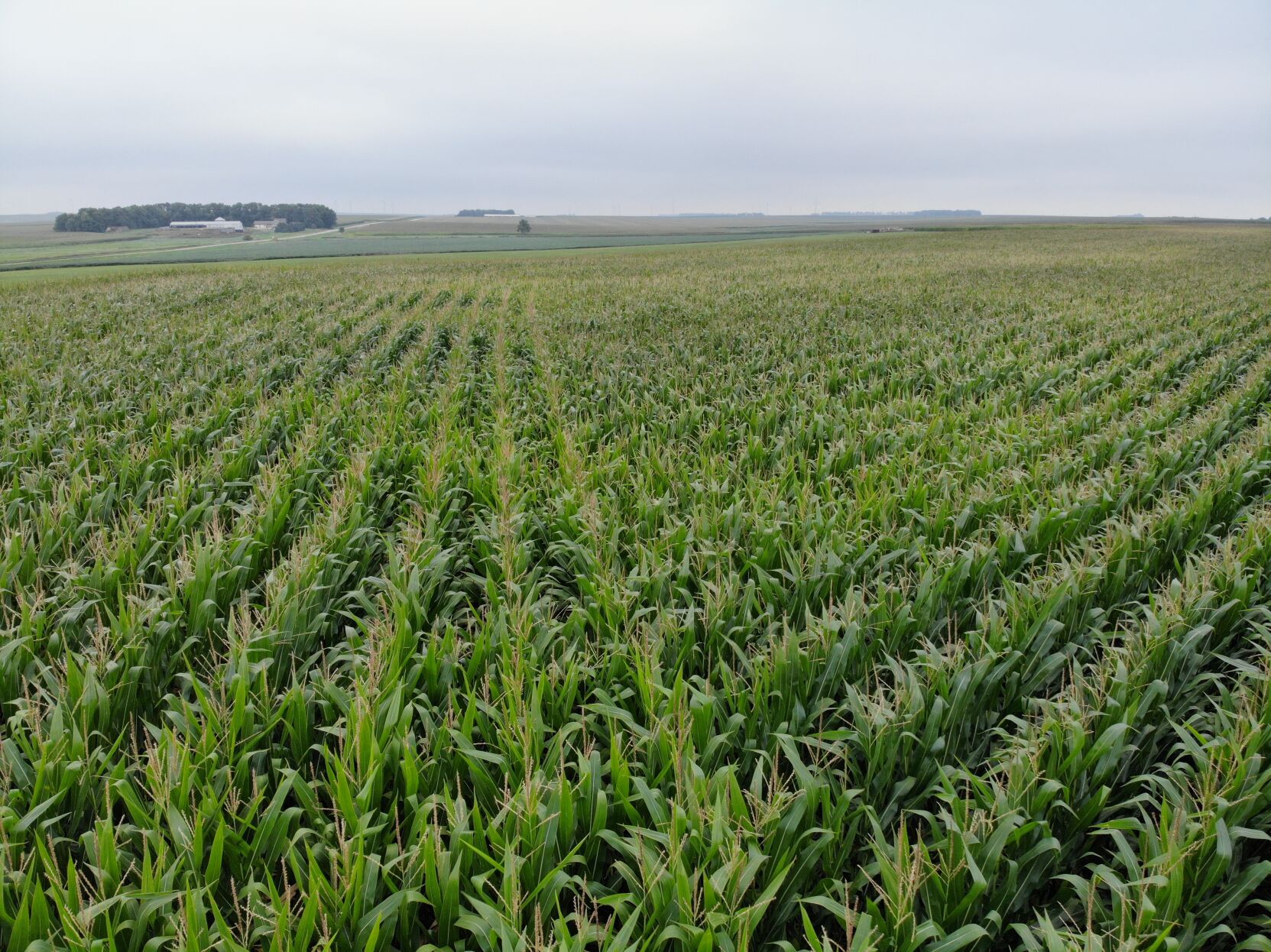A number of factors are converging to push Corn Belt farmland up, with the current season seeing some of the strongest bids in seven or eight years, according to participants in a recent webinar on land values held by the Purdue University Center for Commercial Agriculture.
While investors are more in play than in recent years, it’s mainly farmer buyers who are driving up the land values.
According to Todd Kuethe, associate professor and Schrader Endowed Chair in Farmland Economics at Purdue University, the debt-to-asset ratio in Corn Belt farmland is 13.7, a very low rate that makes farmland attractive to buyers. The ratio of debts to assets indicates how much of a given asset is financed by debt. A low debt ratio is considered healthy. By comparison, the debt-to-asset ratio averages between 30% to 50% for small businesses and can range between 50% to 75% for large corporations, said Kuethe.
Kuethe said there has been a steady rise in the value of farm acreage since 1990, with current land prices averaging $3,380. In the Indiana Corn Belt, values range from $9,785 an acre for top-quality farmland to $8,144 for average land and $7,976 for poorer quality land. Values are still below those of the 2014 peak, although they are showing an upward pressure.
According to the United States Department of Agriculture’s Economic Research Service, net farm income, a broad measure of profits, is forecast to increase by $22 billion, or 23%, from 2020 to $116.8 billion in 2021.
This expected increase follows a forecast increase of $15.7 billion (19.9%) in 2020. After increasing by $9.2 billion (8.6%) in 2020, net cash farm income is forecast to increase by $17 billion (14.7%) to $133 billion in 2021. If this estimate is realized, net farm income in 2021 would be at its highest level since 2013; net cash farm income would be at its highest level since 2014 (in real terms).
Kuethe said there has been a steady rise in the value of farm acreage since 1990, with current land prices averaging $3,380. In the Indiana corn belt, values range from $9,785 an acre for top-quality farmland, to $8,144 for average land and $7,976 for poorer quality land. Values are still below those of the 2014, peak, however, although they are showing an upward pressure.
Cash rents are increasing slowly, Kuethe said.
R.D. Schrader, president of Schrader Real Estate and Auction Company, which conducted farmland auctions in 13 states in 2021, said he has seen the “strongest competition in 7 or 8 years. There’s a lot of cash looking for a home” in farmland. In 2021, Schrader said there were three times the number of sales over $10,000 as in 2019.
In Noble County, Indiana, he said 30% of sales of properties above 40 acres were above appraisal prices. Sales of properties above 104 acres were 72% above appraisal, and sales of properties above 58 acres in Wayne County were 77% above appraised prices.
One piece of lakefront land including farmland, in Franklin County, Virginia, was appraised at $4.5 million and sold for $17 million after a bidding war.
Schrader said a strong macro economy is prompting investors to invest in what they see as fixed income. He cited the “Bill Gates effect” on investors, referring to the recently reported news that the Microsoft billionaire had made substantial investments in U.S. farmland.
Another factor pushing interest in farmland is the payments some landowners (up to $800 an acre) get for leasing wind turbines or solar arrays. “If wind and solar sources increase by 10% by 2030, we’re going to need a land area equal to the state of South Dakota” to host those facilities, he said.
Inflation is also driving the trend. As inflation goes up, stock market returns go down—but farmland returns rise, he said. However, rising interest rates are expected to have a downward impact on farmland values.
Howard Halderman, president of Halderman Farm Management Service and vice president of Halderman Real Estate Services, said the “bullish” factors pushing up farmland values include profitable commodity prices; the low debt-to-asset ratios; low interest rates; the low supply of available farms; the coming demand for biofuels; and world population growth. “Bearish” downward pressures include rising inflation and competition for water resources.
In the question period, Halderman said it’s definitely farmers that are driving up the land market. He said they are more willing to accept ambiguous returns in order to buy desired farmland—especially if that land is adjacent to land they already own.
David Murray can be reached at [email protected].
Sign up for HPJ Insights
Our weekly newsletter delivers the latest news straight to your inbox including breaking news, our exclusive columns and much more.



